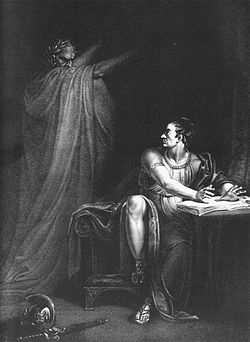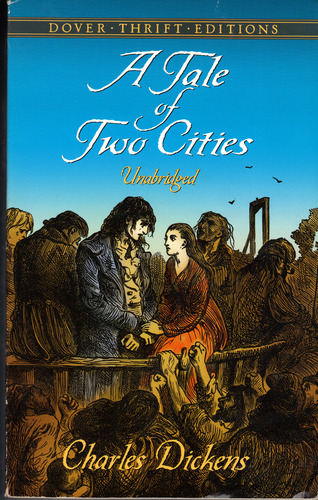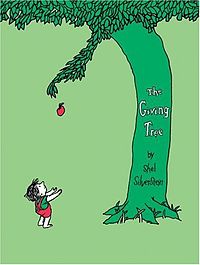“For Brutus is an honourable man; So are they all, all honourable men.” (Quote Act III, Sc. II)
While reading Shakespeare’s Julius Caesar with my mother this past Shabbat, I realize that somewhere our society went in the wrong direction. Instead of spending time reading together, laughing together, we spend time quietly, each on our own gadget. Shakespeare’s comedies and tragedies are still largely enjoyed, but his history plays present themes that are still discussed in modern times.
Looking at the commoners in Julius Caesar, watching them fawn over their leader, cheer for him, and idolize him, I see Americans fawning over their president. As the play progresses and Caesar is killed, the people are convinced that his ways were evil. Easily convinced one way or the other, confused into submission, never told the whole story. Doesn’t this sound familiar?
On the news we are only given part of the story, the most important bits are left out, we are lead to believe falsehoods, and support false ideals. We see pictures taken in Syria slapped with the title “Gaza.” Numbers from different sources do not match up. People are told conflicting reasons as to why things are happening, and who is at fault. Political leaders have to choose sides, making alliances. None of this is new.
Two thousand years ago, when Caesar was murdered by ‘friends’, no one knew whether or not this was the right thing to do. Were they saving a republic? Were they overcoming a tyrant? People picked sides not really knowing.
Pick up a Shakespeare play, rent a movie, or see it live. Do you see the same modern connections? The wording style may be different, but society is the same.




